Home » Viewpoints » Brand-retailer collaboration must for a win-win situation
Brand-retailer collaboration must for a win-win situation
By N Jayalakshmi | August 12, 2013
Jagdish Krishnan, Chief operating officer - Retail & Bakery Divisions, Heritage Foods India Ltd., shares his thoughts on shoppers, retail challenges, the Heritage Group's expansion plans and more…. Read on
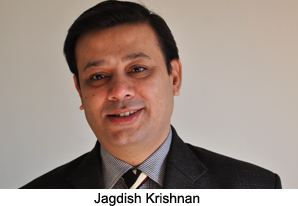 You have presence in three South Indian capital cities. Can you share some observations on customer buying patterns across these cities?
You have presence in three South Indian capital cities. Can you share some observations on customer buying patterns across these cities?A few things are noticeable. Bangalore purchases tend to be very weekend- oriented. In Chennai, people buy in small lots and small packs / refills do very well. Also there is a good acceptance of local / regional brands. In Hyderabad, consumers have greater tendency to upgrade to large packs of staples / oil / flours if backed with a great offer.
You have also moved into a new format, the Compact Hypermart. Could you tell us more about that?
We would prefer to call it a large supermarket. We have done a couple of stores around 10,000 Sft in size as against a regular supermarket of 2500 - 3000 sft. The idea is to serve the locality with better assortment and convenience. The large supermarket still remains largely a food store with more range in household care / general merchandise
Could you explain the process by which you plan your merchandising for various brands -- Do you collaborate with the brands and do they come with their own set of vendors for execution?
We always work closely with large brands to capture their learning of the category which could benefit both us and the customer. Inputs on merchandising innovation, display mechanisms, secondary placements etc are discussed and exchanged with the top brands who are category leaders or have a significant customer franchise. However, the final merchandising and assortment plan is always decided in house.
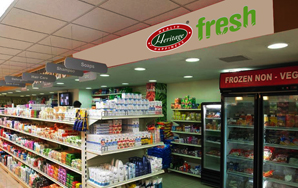 What are your other areas of collaboration with brands, could you elaborate? Do you also partner with them on shopper study data?
What are your other areas of collaboration with brands, could you elaborate? Do you also partner with them on shopper study data? The usual areas of collaboration happen mainly when the brands want to develop a new category through consumer awareness/trials for which they want the retailer to assist. Other areas of collaboration include sampling and customer feedback. Retailers also share aggregate category data with the brands to give them feedback on how their brands are performing within the overall category.
Could you also tell us about your own merchandising initiatives - Frequency, Budget, Merchandising Standards etc?
As a food and grocery retailer operating in the value space, merchandising efforts are an important continuous activity which helps us fine-tune the assortment that we carry in the store. The entire assortment is analyzed periodically in a systematic manner to effect the necessary changes. Merchandising leads the creation of categories and promotion plans which helps our store differentiate from others. We have laid down category specific merchandising parameters based on our experience of where they best fit. During specific festivals / season the stores are presented in specific themes when the merchandising and marketing teams collaborate.
Do you also conduct your own shopper studies? Any interesting findings you can share?
We do conduct studies periodically based on a specific thing we want to probe and understand better. Our brand name change from fresh@ to Heritage Fresh was a result of one such study. Though our store name was fresh@, the study revealed that shoppers found it difficult to pronounce and were informally calling us Heritage Fresh. Therefore, we changed to Heritage Fresh
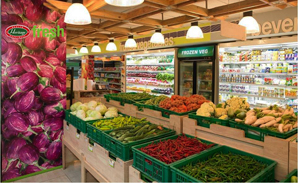 Any trend you notice among brands when it comes to their in store visibility? Is this specific to any category?
Any trend you notice among brands when it comes to their in store visibility? Is this specific to any category?Top brands always spend and engage with the retailer to create additional visibility and multiple points of consumer engagement. However, we see that there is a more or less great interest in the visibility translating into additional sales or gaining share. Generally brands in Processed Food, Personal Care, Ready to Eat and Oral Care categories are quite active.
Today what do you think is the biggest challenge for brands in reaching out to shoppers in a hypermart/supermarket context?
As shelf space is limited, it is increasingly becoming difficult for new products to find their place. Also products which do not perform as per expectations are dropped. Brands must collaborate with retailers more to get into a win-win situation. A retailer is always looking at generating better revenue per sft for the space he has. There is a limited assortment he can carry; brands have to keep the retailers' interest in mind.
What are your own challenges given the changing industry dynamics and shoppers?
In food and grocery retailing, most retailers carry similar assortment. We have differentiated ourselves on perishables category. Perishables - which is dairy and fruits& vegetables account for nearly 1/3rd of our sales. We have significant investments in the back-end in these categories. Perishables is a tough category to master and it has taken us several years to make it quite profitable
Could you tell us about your use of back end and front end technologies, such as data mining, CRM and others? What is the kind of investments you make in these technologies?
We started the business with an end to end implementation of JDA - a retail specific ERP. We have recently migrated to SAP and now would be taking up SAP BI shortly.
Going further what are your future plans? Any other new formats you are exploring?
We are in the process of setting up larger stores which are around 10,000 sft. We plan to expand further in all the three existing markets of Chennai, Bangalore and Hyderabad by adding about 1 lakh sft every year for the next three years.
Advertisement
Related Viewpoints
Advertisement

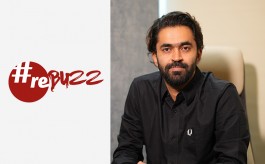
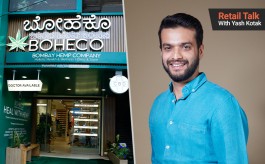
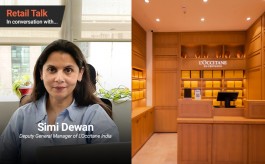




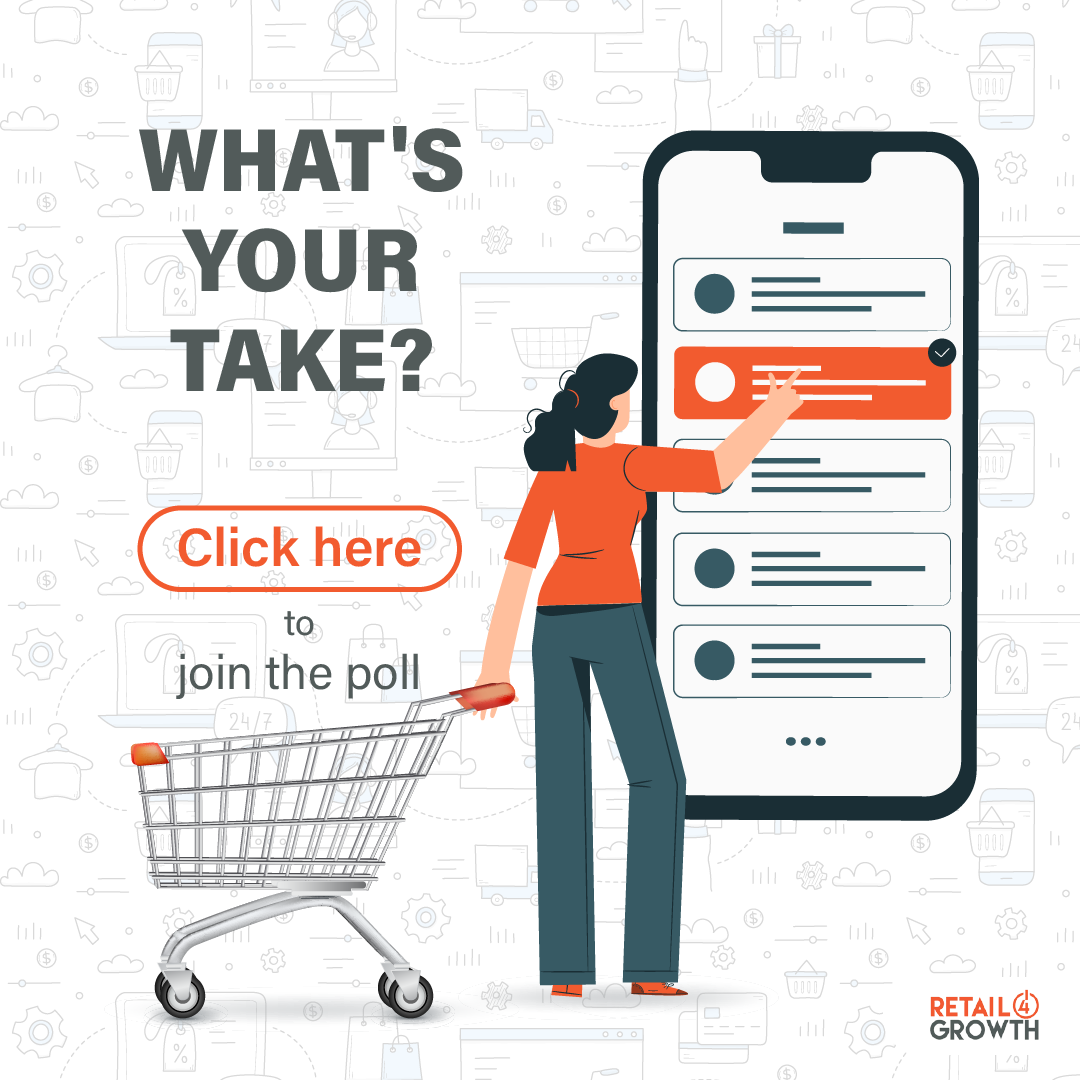
Comments